Mastering Lighting Techniques in Midjourney V5 for Stunning Visuals
Written on
Chapter 1: Introduction to Lighting in Midjourney V5
As my college photography instructor used to say, “Get the lighting right, and everything else will fall into place.” With the advanced photo quality, new prompting methods, and increased resolution in Midjourney V5, I’m excited to share effective techniques for controlling lighting within this platform.
In the examples that follow, I’ll highlight the key aspects of lighting in my prompts by bolding the relevant text.
Section 1.1: Portrait Lighting Techniques
Here are various lighting effects specifically for portrait photography. I maintained a straightforward composition to emphasize the lighting effects.
A portrait photo of a woman illuminated by bright natural sunlight, showcasing her clear features, taken with a 35mm lens.
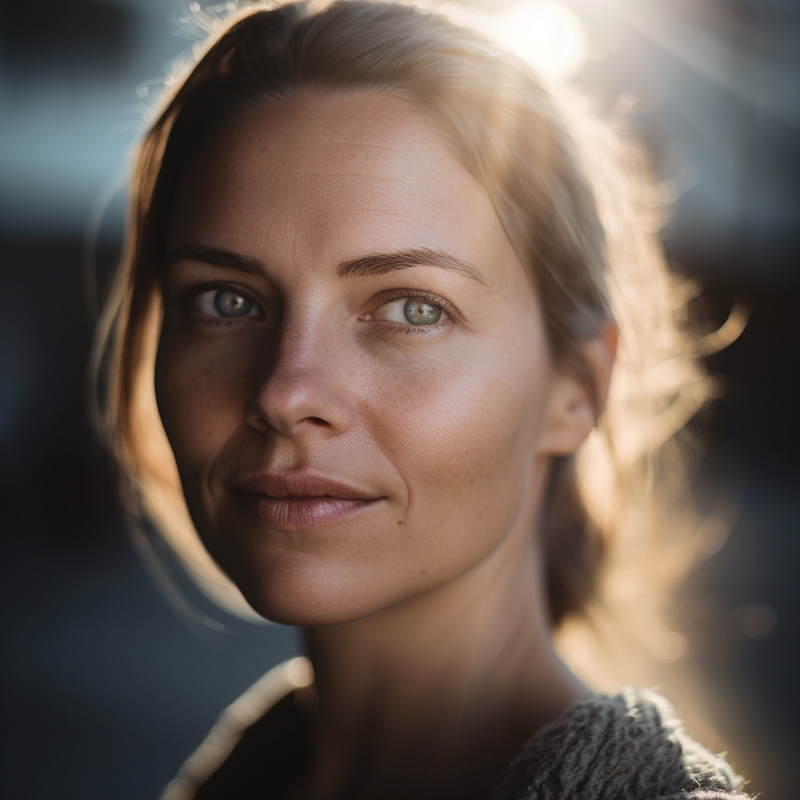
A portrait of a woman captured in soft, dim lighting, also using a 35mm lens.
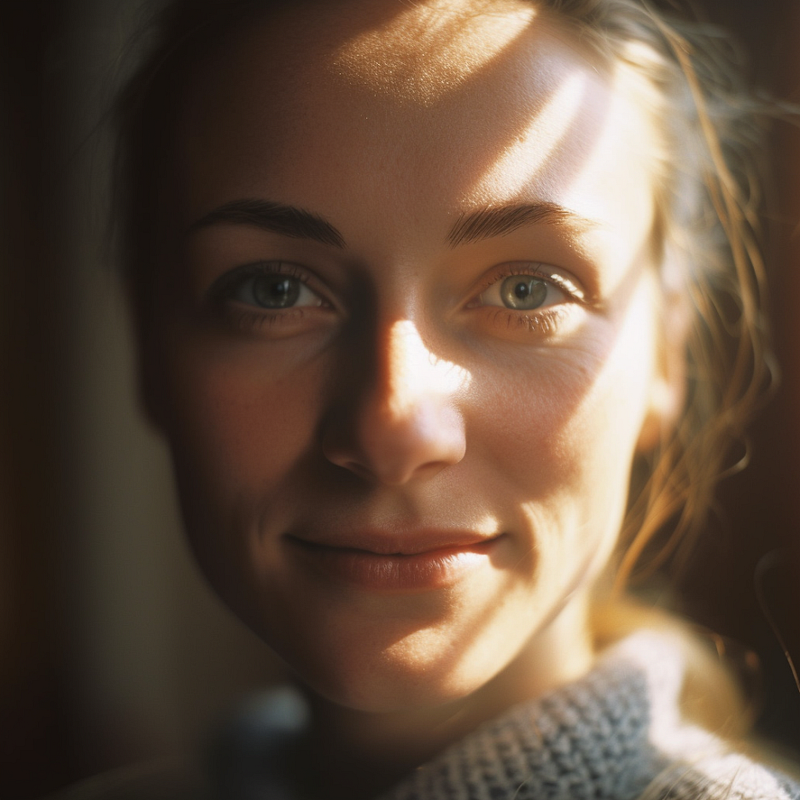
Incorporating color and texture into portraits contributes to more striking images. Traditional photographers often utilize various lighting methods such as red and blue lighting, high contrast, split lighting, backlighting, and spotlighting.
However, when crafting prompts in Midjourney, it’s best to avoid photography jargon like “candlelight” or “split light,” as Midjourney may interpret these as physical objects within your image. Instead, use natural language to describe your composition. Here are some illustrative examples:
- A photo portrait of a woman facing forward with blue and red lighting, exhibiting high saturation.
- A black and white portrait of a male model on the street, illuminated from behind.
- A brightly lit image of a female model against a dramatic white background.
- A high-contrast, bright photo of a male model on the street.

Section 1.2: Cinematic and Global Lighting
Employing cinematic lighting and global illumination can lend a film-like quality to your images while maintaining natural light.
A portrait of an elderly man outdoors, captured with cinematic lighting and global illumination, showcasing his distinct facial features.
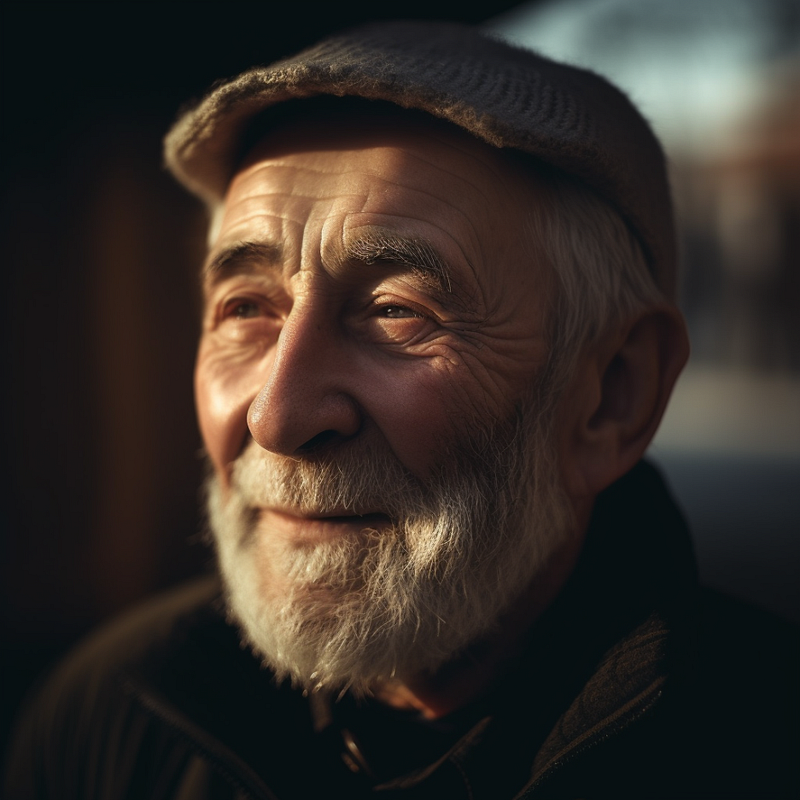
Chapter 2: Scenic and Compositional Lighting Techniques
For scenic shots, consider including atmospheric elements like weather in your prompts to add drama. Here are some examples:
- A vibrant photo of a beautiful medieval Tuscan village house with a cobblestone road, captured in natural light.
- A bright black and white image of the same village house set against a cloudy, rainy backdrop.
- A sunny photograph of the village house with bright illumination.
- A shot featuring volumetric lighting around the Tuscan village house.
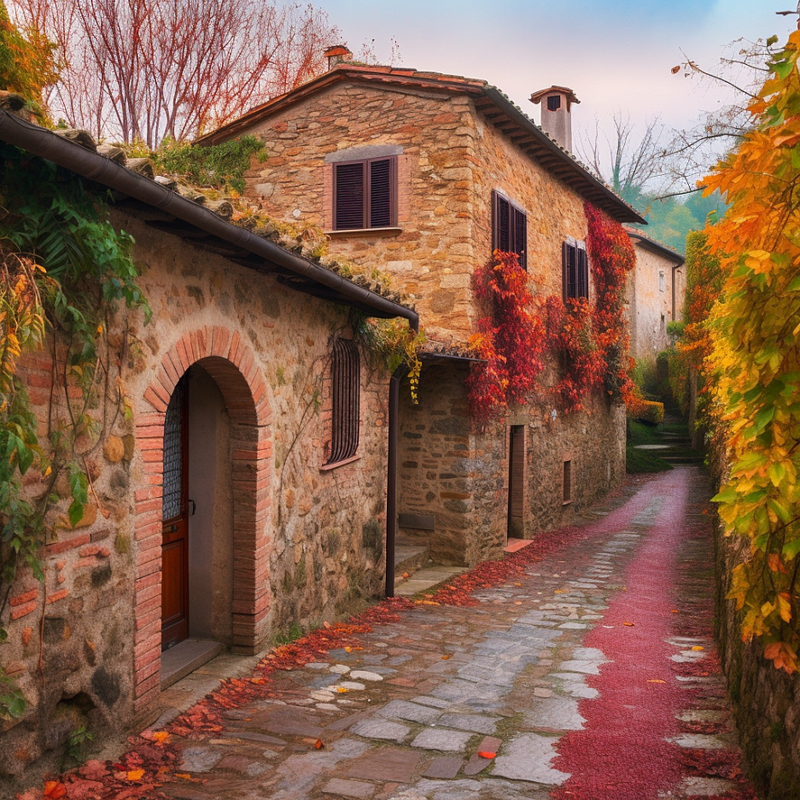
Using appropriate lighting in your compositions is crucial for capturing the desired mood and atmosphere. Including detailed lighting descriptions can significantly enhance your visual storytelling.
Some additional prompts to consider:
- A black and white image of a boy playing basketball under bright sunlight.
- A dramatic spotlight on a guitarist performing on stage.
- A photo of a man in front of a sports car on a dark street, featuring dramatic lighting with reflections on the pavement.
- A colorful capture of two birds perched on a tree, illuminated by bright sunlight.
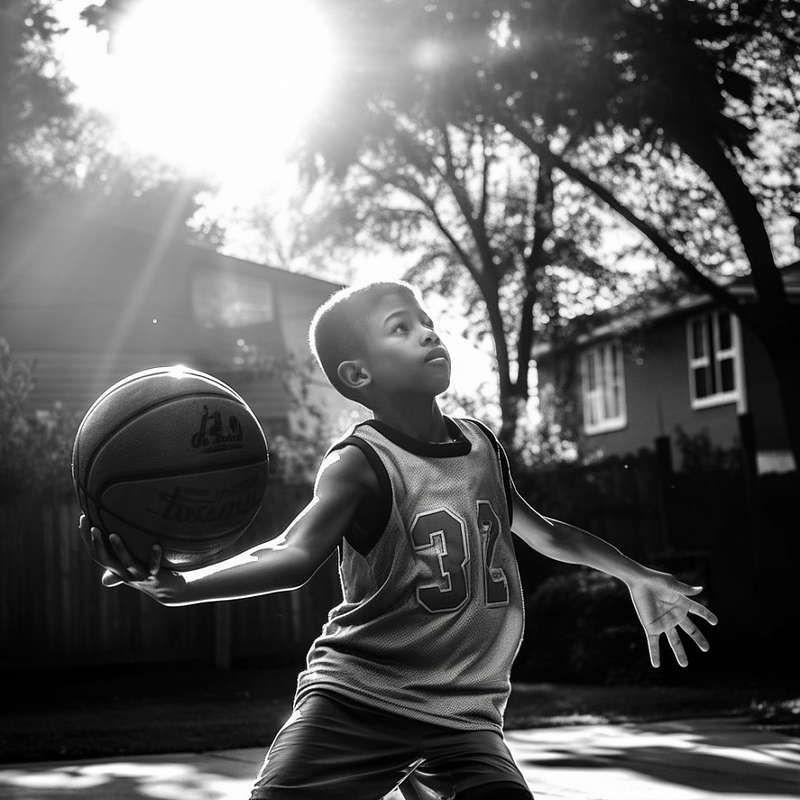
Final Thoughts
Midjourney consistently improves its ability to generate photorealistic images, and effective lighting can add depth and creativity to your compositions. Remember, if you master the light, everything else will seamlessly fall into place. If you found this article helpful, please show your support with claps and comments, and consider following my work. You can also support me on Medium by joining through my referral link.